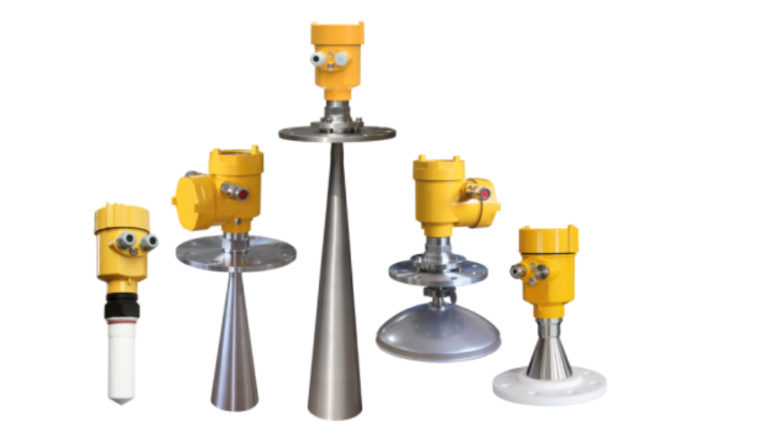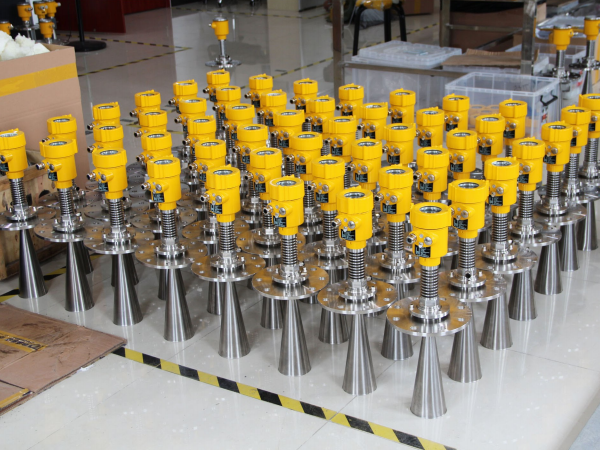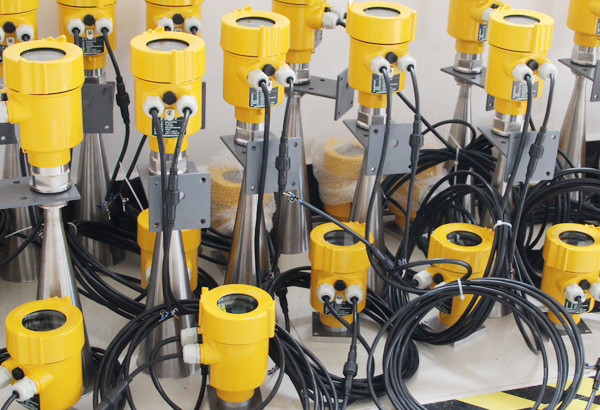The chemical industry often faces unique challenges in liquid level monitoring, especially in handling paraffin oil storage tanks. Due to the specific properties of paraffin oil and the high precision required in its measurement, selecting the right instrumentation is crucial. Among the available solutions, radar level meters stand out with their non-contact measurement, high precision, and strong anti-interference capabilities, making them a preferred choice for many enterprises.
Why Accurate Monitoring of Paraffin Oil Tanks Matters
Paraffin oil is a key raw material used in industries like candle manufacturing, woodworking, and cosmetics. Even slight changes in storage conditions can impact its quality, affecting downstream production and product integrity. Therefore, real-time, accurate monitoring of liquid levels in paraffin oil tanks is essential to ensure consistent production quality and operational stability.

How Radar Level Meters Work
Radar level meters operate based on microwave pulse technology. The device emits electromagnetic waves through an antenna directed at the liquid surface. These waves are reflected back, and the time taken for the signal to return is used to calculate the liquid level. Unlike conventional measurement methods, radar level meters are unaffected by variations in medium density, temperature, and pressure, ensuring reliable and precise results.
Key Technical Considerations
When selecting a radar level meter for paraffin oil measurement, several factors must be considered:
- Physical Properties of Paraffin Oil: Its viscosity and dielectric constant play a significant role in determining how effectively radar waves penetrate and reflect. Proper calibration ensures maximum measurement accuracy.
- Environmental Challenges: Storage tanks may contain volatile gases or foam on the liquid surface. The non-contact nature of radar level meters prevents measurement errors caused by these factors.
- Operational Stability: Radar level meters can withstand the harsh operating conditions often encountered in chemical plants, ensuring consistent performance over time.

Economic Advantages
Although radar level meters require a relatively high initial investment, their long-term benefits outweigh the cost. Key advantages include:
- Low Maintenance: Non-contact measurement eliminates issues like adhesion and corrosion, significantly reducing maintenance costs.
- Enhanced Operational Efficiency: Real-time monitoring and automated control reduce human intervention and improve production safety and efficiency.
- Cost Savings: Improved accuracy minimizes waste and optimizes resource management, delivering tangible economic benefits to enterprises.
A Case Study in Paraffin Oil Storage
A major petrochemical company faced challenges in monitoring liquid levels in a large paraffin oil storage tank. Traditional methods failed to meet the required precision and stability due to the oil’s high viscosity and sensitivity to environmental factors. By implementing radar level meters, the company achieved significant improvements:
- High Precision Monitoring: Accurate measurements met the demands of their production processes.
- Increased Reliability: The radar level meters performed consistently, unaffected by fluctuations in temperature, pressure, or density.
- Remote Monitoring and Automation: The integration of radar level meters into a centralized monitoring system enabled remote supervision and automated control, enhancing overall operational efficiency.

Conclusion
The application of radar level meters in paraffin oil storage tanks highlights their unparalleled advantages over traditional methods. By overcoming limitations like environmental interference and maintenance challenges, radar level meters provide precise, reliable, and cost-effective solutions. For the petrochemical and broader chemical industries, adopting this technology not only enhances production safety and efficiency but also supports long-term sustainable development.
